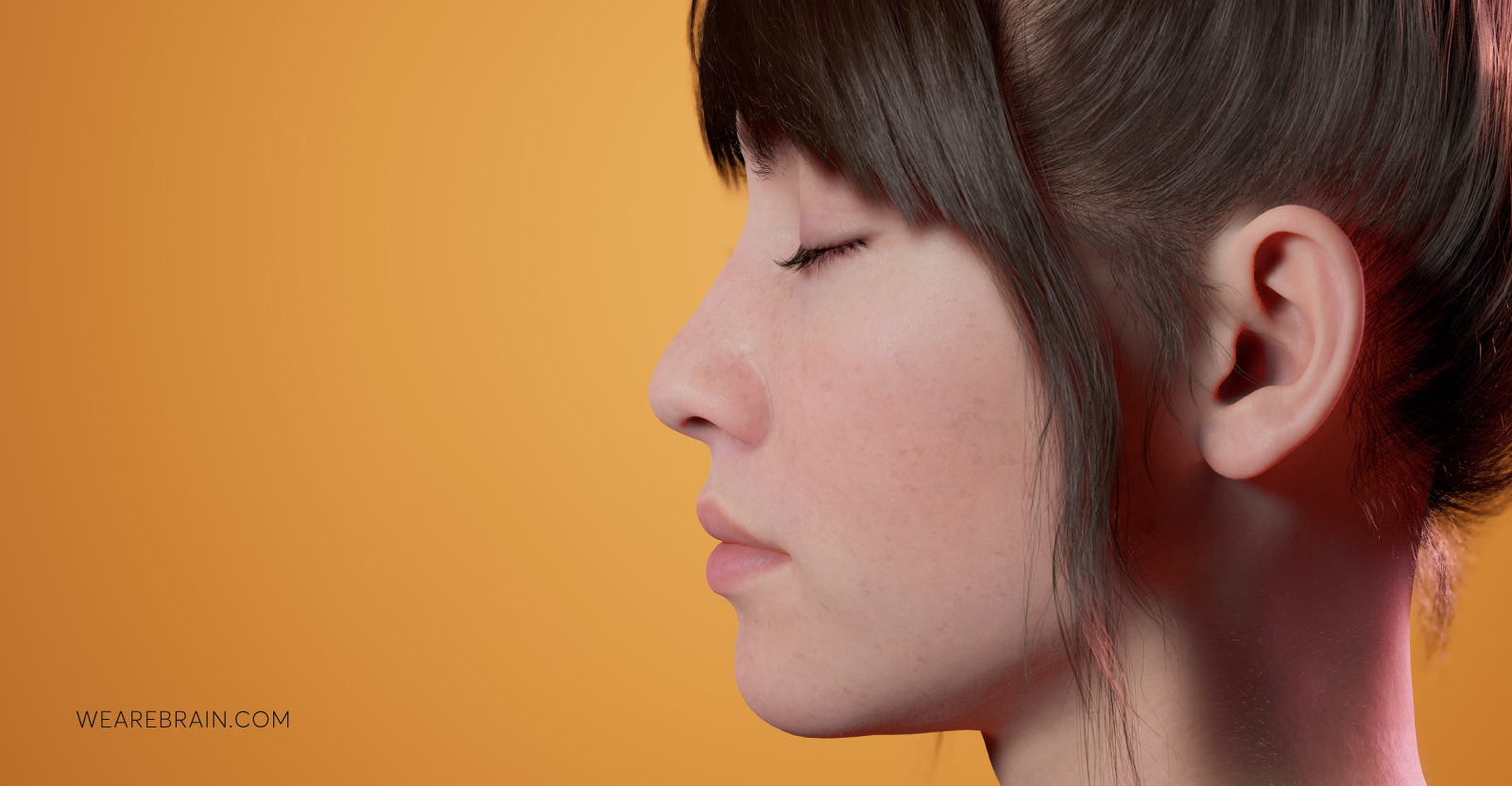Digital humans: the faces of the future

In today’s binary pervasive world, we rely heavily on various forms of digital communication. Chatbots and virtual assistants are commonplace and humans have become accustomed to interacting with algorithm-powered assistants. Now, users are demanding a human touch to make engaging with our binary helpers feel more natural, as if communicating with another person.
Digital Humans are technology’s answer for how to bring chatbots and virtual assistants ‘to life’. They are the next logical step in fashioning these assistants to be more human for a deeper connection between our biological selves and our binary helpers.
But what are the benefits of a more human-like virtual assistant, and how will they impact our digital world in the future?
The different levels of virtual assistants
The technologies powering these virtual assistants continue to evolve rapidly, with improvements to their capabilities released almost daily. Advanced AI, Machine Learning (ML), and Natural Language Processing (NLP) are the key technologies powering these digital helpers. Let’s break down the different levels of virtual assistants, and how we eventually got to Digital Humans.
Chatbots
Chatbots were the original commercially viable robots that entered the market. Designed with scripted responses for communication, chatbots use keywords in conversations to know how to reply. Limited functionality and scripted responses make chatbots a basic fit-for-purpose tool designed to assist users with providing relevant information (taking users from point A to B efficiently). Chatbots are information providers and are a great, cost-effective customer service tool but are very limiting when it comes to human-chatbot communications.
Virtual Assistants
Virtual assistants (VA) are an advanced form of chatbot that handle more complex interactions in a conversational way. The main capability for VAs is the ability to recognise voice commands using advanced AI, Natural Language Processing (NLP), and Machine Learning (ML). VAs can engage with other platforms allowing them, for example, to access your calendar and email to set up meetings, send emails, purchase concert tickets, or book hotels. Siri and Alexa are the most common VAs in the market.
With NLP, VAs understand queries and commands better than chatbots and offer more open dialogue responses (compared to the scripted responses of chatbots). They assist us with daily tasks such as directions, scheduling, taking notes, and much more.
So what does a more advanced VA with human-like characteristics look like? Enter Digital Humans.
For a detailed guide through the various AI technologies, be sure to read our book Working Machines: An Executive’s Guide to AI and Intelligent Automation which carefully explains AI, RPA, IA, and so much more in an easy and enjoyable read.
What is a digital human?
Digital humans are virtual AI avatars designed to interact with people conversationally that are incredibly human-like. They are a chatbot-VA hybrid but far more emotionally intelligent and expressive. They are designed to resemble real people both in appearance and behaviour to give users a relatable, human-like experience. Digital humans can be differentiated from chatbots and VA by the fact that they are given a personality so that they become someone rather than something, that humans talk with, not to.
According to Deloitte, digital humans can replicate the “whole range of human body language” and provide users not only the information they’re after but “the appropriate non-verbal response as well”.
Digital humans also exist in the metaverse where they function as interactive tools designed to provide information and assist users. They are able to react intelligently to your digital interactions such as your tone of voice, body language, and facial expressions and respond with expressions of their own.
Because digital humans are designed to resemble humans it makes them significantly more engaging than chatbots or VAs. People receive far more profound and engaging interactions with digital humans as they are redefining the way we interact with AI, each other, and our wider digital world.
Digital Human use cases
Despite their sophistication, digital humans are still primarily designed to provide customer services or client support functionality.
Because of this quantum leap toward a human-styled AI-powered avatar, digital humans are transcending the general administration role to become assistants across various applications — from teachers, personal avatars, brand ambassadors, influencers, retail concierges, financial advisors, and much more.
Digital human creators UneeQ have developed a digital human for almost every major industry in the world. From healthcare, banking and finance, to telecommunications and customer experience, there is a dedicated digital human that can assist users with information, FAQs, advice, and much more.
In a practical sense, digital humans are set to revolutionise the healthcare and education industries by providing always-on, AI-powered educational and training tools to reach more people. Digital humans are also evolving customer experience to create a more meaningful and emotionally-driven service that will connect with consumers on an emotional level.
The future of Digital Humans
As we edge ever closer to complete adoption of the metaverse and Web3, every user will inevitably begin to use a digital human avatar as a persona to exist in our digital worlds. The connection between humans and digital ones will continue to grow and soon we will be interacting with AI-powered ‘humans’ for everything in the metaverse.
Soon, the average user will be able to design their own digital human in their image or as something/someone else. These digital extensions of ourselves will be the vehicle for how we interact with our digital world.
David Roman
Working Machines
An executive’s guide to AI and Intelligent Automation. Working Machines takes a look at how the renewed vigour for the development of Artificial Intelligence and Intelligent Automation technology has begun to change how businesses operate.







